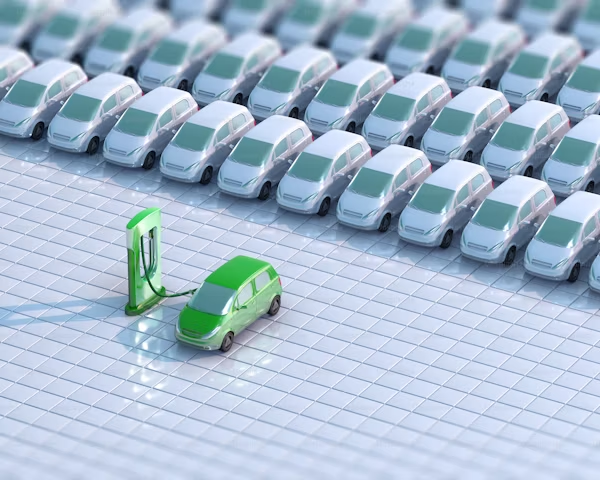Car crashes rank as the most frequent cause of injury and death in the world, but technology is moving the world closer to safer roads. Innovations for road safety are transitioning from driver-assistance systems to connected vehicle networks and beyond. Quite often, human mistake is a major contributor to most collisions. However, technology steps in to lower the risk and enhance driver awareness.
The Role of Technology and Legal Support
When an individual is unlucky to meet with an accident, then it becomes inevitable to work with a car crash law firm to deal with the intricacies of liability and compensation. The end goal is prevention and here’s where the new technology truly shines. Automated braking systems, lane departure warnings and adaptive cruise control are making their way into many vehicles as standard features, providing drivers with the critical means to help avoid such collisions. These do not only offer safety but provide information which can be used in a legal case to determine liability or assess the situation of the accident.
Game-Changing Technologies for Road Safety
Another hope for preventing accidents is the development of Artificial Intelligence in the form of onboard car systems like sensors and cameras supported by intelligence warning the driver or even taking control to avoid a crash. A further innovation is V2X, the communication of everything within a vehicle. A car that can “speak” to other cars, traffic signals, and roads. By communicating speed, position, and the state of the road, among other pieces of information, to other vehicles as well as to the road network itself, it acts as an efficient network in stopping bad things from happening.
Autonomous vehicles are perhaps the most considerable jump forward of all. Still, in the development phase, these driverless cars seek to eradicate human error completely with the assistance of sophisticated algorithms and round-the-clock monitoring, thereby cutting down on the number of road accidents to a great extent.
Challenges and Limitations
Although these are considerable steps forward, challenges still prevail in the industry. Technology is nothing if not applied and taken up efficiently. There are quite a large number of new cars without up to date safety features, which can be expensive to retrofit. Moreover, some drivers may be over-dependent on technology and have a false sense of security, thinking that their vehicle will always make up for any errors.
Furthermore, there is the matter of accessibility. State-of-the-art safety features have historically been at a premium, often making them somewhat less accessible to drivers of every income level. Governments in collaboration with manufacturers must find a way to make these innovations standard at prices within reach for wider accessibility.
The Future of Safer Roads
Technologies hold great potential in reducing car crashes. However, it must be coupled with responsible driving, public awareness campaigns, and infrastructure development. As AI and V2X communication, as well as autonomous vehicles, advance and the like, the future roads might just be the safest ever.






